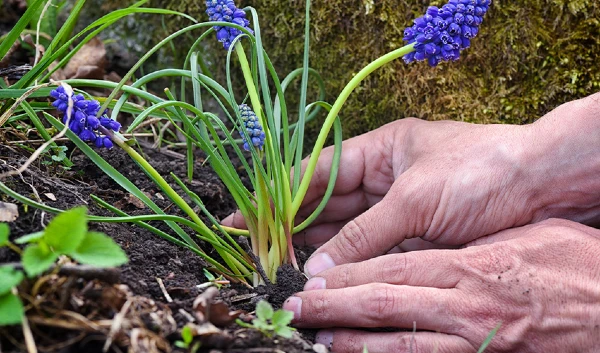
The Grounds Guys explain how to determine if your lawn or garden needs lime.
|
Liming is important for many lawns, but it’s not necessarily needed in every application. It’s also possible to generate negative affects if you apply too much lime. Use these helpful lawn tips to help you determine if your grass or garden needs lime and how much to apply when the time comes.
Why Do Lawns Need Lime?
The purpose of applying lime is to increase the soil’s pH level. A measure of the soil’s pH indicates its acidity or alkalinity. The ideal pH for most lawns is between 6.0 and 7.0, or slightly below neutral. This range increases the availability of nutrients in the soil to promote lush, green, resilient grass.
Since adding lime to soil increases the pH, and the goal is still not to pass the slightly acidic range of 6.0 to 7.0, it’s easy to conclude that something makes soil naturally lean toward over acidity rather than over alkalinity. In fact, several factors to contribute to high soil acidity.
One is heavy rainfall or over irrigation, which leaches calcium, potassium and magnesium from the soil. Another is adding fertilizer, which has the potential to increase acidic conditions. Decomposing organic matter in the soil and watering with acidic water are two other less common factors.
Does Your Lawn or Garden Need Lime?
The only way to answer this question – and determine precisely how much lime your lawn needs – is to have a soil test conducted at a testing laboratory. You can purchase a soil test kit, which may indicate the need for liming, but it’s difficult to accurately tell how much product you need. After all, different soil types and conditions require different amounts of lime to raise the pH a certain level.
How Much Lime Should You Apply?
Excessively high soil pH greater than 8.01 is just as undesirable as being overly acidic. The availability of various nutrients declines at this alkalinity and may result in an unhealthy lawn. That’s why it’s so important not to over-lime your lawn.
When you get your soil test back, it will indicate how much lime your lawn requires in pounds of calcium carbonate per 1,000 square feet, or acre of land. This recommendation refers to using pure calcium carbonate, which is probably not what you’ll purchase.
Look on the liming product label and find the “calcium carbonate equivalent,” given as a percentage. Then calculate how much product to use with this calculation:
Liming requirement from soil test x 100 = Amount of product / calcium carbonate equivalent
When and How Often Should You Apply Lime?
You can apply lime any time of year, but avoid liming wilted or frost-covered turf. Apply lime at a time when you can irrigate the soil immediately following the application to wash any residual lime from the grass leaves.
You probably apply fertilizer annually, but regular lime applications without a soil test to confirm whether it’s needed are discouraged. Alkaline soil conditions are likely to develop if you apply lime yearly.
Are All Liming Products the Same?
Liming materials include burned lime, dolomite limestone, ground limestone, hydrated lime and pelletized lime. These differ in price, effectiveness, ease of application, safety and calcium carbonate equivalent. Note that gypsum (calcium sulfate) should never be considered as a lawn liming agent.
With these lawn tips, you should find it easier to keep your lawn healthy and resilient at the correct soil pH level. For help applying lime to your lawn, or for more useful lawn tips, please contact The Grounds Guys.